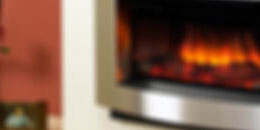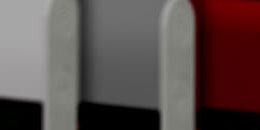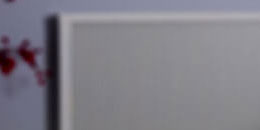What IP Rating do i need for my Industrial Plugs and Sockets?
Choosing what IP Rating to select can be a confusing decision, we’ve broken it down into 4 easy steps for you. Lets start at the very beginning –
1. What are IP Ratings?
An IP (Ingress Protection) number or code is used here in the UK to specify the environmental protection of enclosures around electronic equipment. An IP rating is a measure of an enclosure or cases ability to resist items entering it.
2. How the Coding Works
IP Ratings provide you with a more detailed guide than generic marketing terms often applied when talking about water resistance.
This means you can determine the exact levels of protection against moisture. Instead of an item simply being “waterproof”.
An IP rating is, in summary, a two digit code. The first digit establishes the level of protection against intrusion of solid foreign bodies. The second the resistance against moisture intrusion.
Together, this informs you of the precise the level of protection that will be offered by the specific case or enclosure.
Any product with an IP rating must withstand an assortment of tests. These tests determine the items’ efficiency in a range of circumstances.
Ultimately, an IP rating allows to you be able to make an educated choice regarding the appropriateness of the products’ suitability for your specific application.
3. IP Rating Tables
First Digit – Protection of foreign body intrusion
| Level | Symbol | Protected Against | Description |
| 1 | Objects greater than 50mm | Protects from large parts of the body such as the back of the hand but, will not protect deliberate contact with body parts | |
| 2 | Objects greater than 12.5 mm | Protects against fingers and objects of a similar size to the fingers | |
| 3 | Objects greater than 2.5mm | Tools and thick cables are included in this level | |
| 4 | Objects greater than 1 mm | Includes most wires, screws and large ants / small insects | |
| 5 | Dust protected | Some protection from dust as long as its not exposed to a large quantity | |
| 6 | Dust tight | A vacuum must be applied and will protect against contact of dust |
Second Digit – Moisture protection levels
| Level | Symbol | Protected Against | Description |
| 0 | No protection | N/A | |
| 1 | Dripping water –vertically falling when mounted in an upright position | Test time –10 minutesWater equivalent is 1mm of rainfall per minute | |
| 2 | Dripping water when tilted at 15 degreesall four positions are tested | Test time –2.5 minutes per tiltWater equivalent is 3mm of rainfall per minute | |
| 3 | Spraying water –up to 60 degrees from the vertical | Test time for a spray nozzle –1 minute per square metre (at least 5 minutes)Test time for an oscillating tube –10 minutes | |
| 4 | Water splash –from any direction | Test time –10 minutes | |
| 5 | Water jets –from a nozzle of 6.3mm | Test time – 1 minute per square metre with 12.5 litres of water per minute including a pressure of 30 kPa from 3 metres | |
| 6 | Powerful water jets –from a nozzle of 12.5mm | Test time –1 minute per square meter with 100 litres of water per minute including a pressure of 100 kPa from 3 metres. | |
| 7 | Temporary Submersion of up to 1m depth | Test time –30 minutes | |
| 8 | Continuous Submersion for depth of 1m or more | Test time –test time and depth should be specified by the manufacturer |
4. Make your Purchase
Hopefully all that information has helped you decide what is required for your application.. All thats left to do is to make your purchase, We stock a wide selection of IP44 & IP67 trailing plugs and sockets, wall mounted, panel mounted and interlocking plugs and sockets









